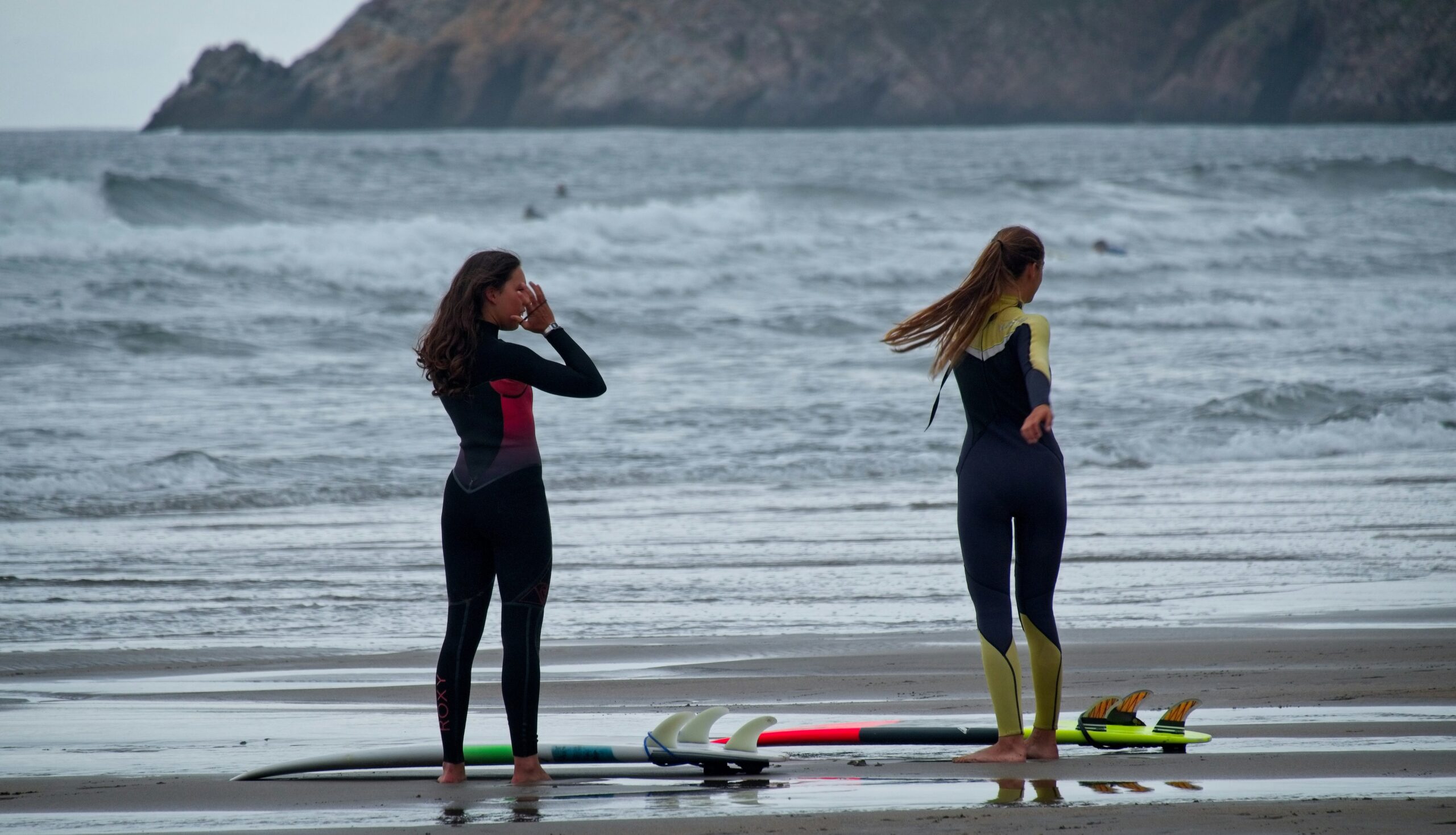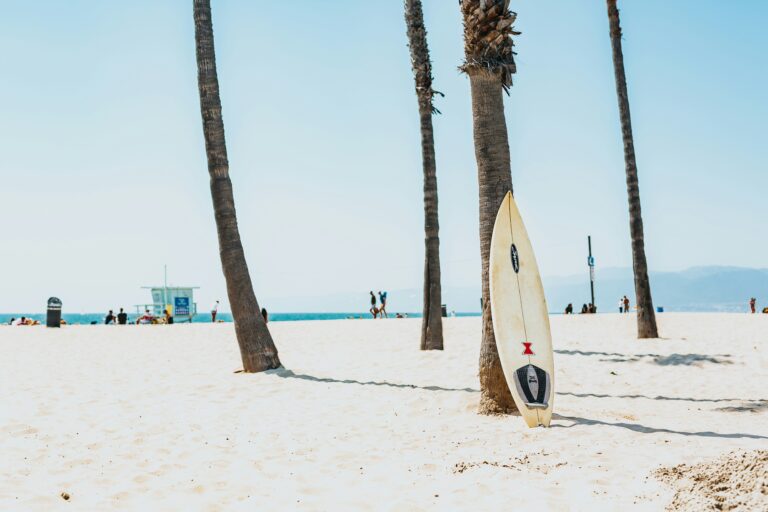Surfing, the exhilarating sport of riding waves, has captivated water enthusiasts for centuries. From the shores of Hawaii to the beaches of Australia, surfers worldwide flock to the ocean seeking the perfect wave. But did you know that surfing isn’t just one homogenous activity? In fact, there are various types of surfing, each with its own unique techniques, equipment, and challenges. In this guide, we’ll dive into the diverse world of surfing and explore its different types, shedding light on what makes each style distinct and thrilling.
- Traditional Surfing: Traditional surfing, also known as shortboarding, is perhaps the most recognizable form of surfing. Surfers ride shorter boards, typically around 6 to 7 feet in length, and use their body weight to maneuver across the face of the wave. Shortboarding requires agility, balance, and precise timing, as surfers aim to perform fluid maneuvers such as bottom turns, cutbacks, and aerials.
- Longboarding: Longboarding offers a more relaxed and graceful approach to surfing. Surfers ride longer boards, ranging from 8 to 11 feet, which provide greater stability and buoyancy. This style of surfing emphasizes classic maneuvers such as cross-stepping and nose riding, allowing surfers to glide effortlessly along the wave’s surface. Longboarding is often associated with a laid-back vibe and a deep appreciation for the sport’s heritage.
- Stand-up Paddleboarding (SUP): Stand-up paddleboarding, or SUP, has surged in popularity in recent years. In SUP surfing, riders stand on a large board and use a paddle to propel themselves through the water. This versatile style of surfing offers a full-body workout and can be enjoyed in various conditions, from calm bays to rolling waves. SUP surfing combines elements of surfing, paddling, and balance, making it accessible to surfers of all skill levels.
- Big Wave Surfing: For the adrenaline junkies among us, big wave surfing presents the ultimate challenge. As the name suggests, this type of surfing involves riding enormous waves that can reach heights of 20 feet or more. Big wave surfers must possess exceptional skill, courage, and physical fitness to navigate these towering walls of water. Safety is paramount in big wave surfing, with surfers often relying on specialized equipment and support teams to tackle these monstrous swells.
- Tow-in Surfing: Tow-in surfing pushes the boundaries of what’s possible in the world of surfing. In this high-octane sport, surfers are towed into massive waves by jet skis or boats, allowing them to catch waves that would be impossible to paddle into. Tow-in surfing requires split-second decision-making and nerves of steel, as surfers hurtle down the face of waves with astonishing speed and power. This extreme form of surfing is reserved for the most skilled and daring athletes.
Conclusion: From the elegance of longboarding to the adrenaline rush of big wave surfing, the world of surfing offers something for everyone. Whether you’re a seasoned pro or a curious beginner, exploring the different types of surfing can open up a world of excitement and adventure. So grab your board, wax up, and paddle out into the surf – the waves are waiting!











